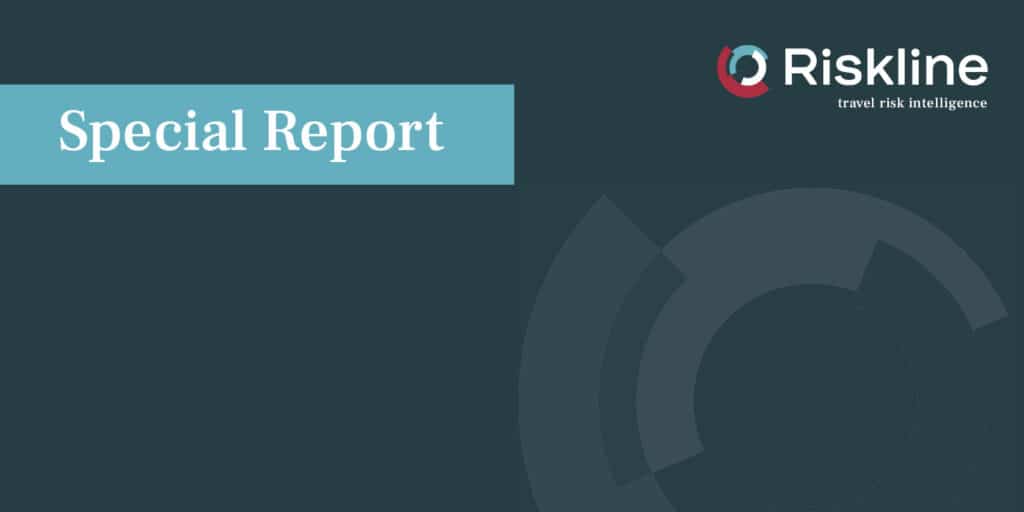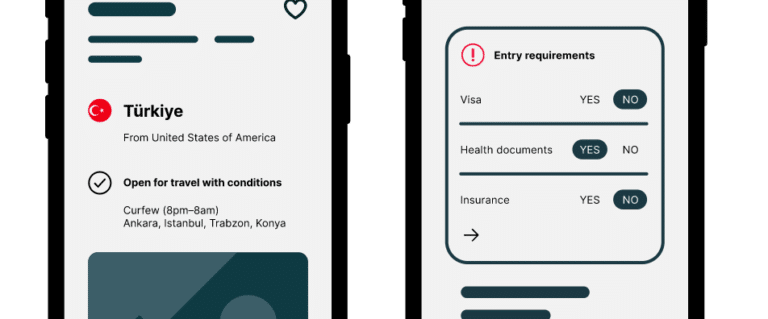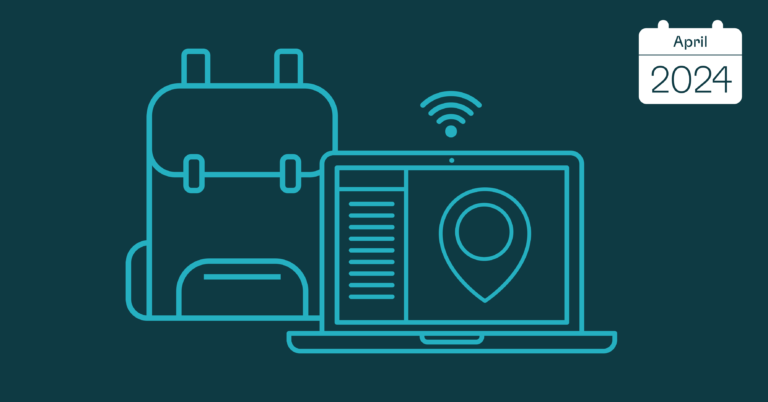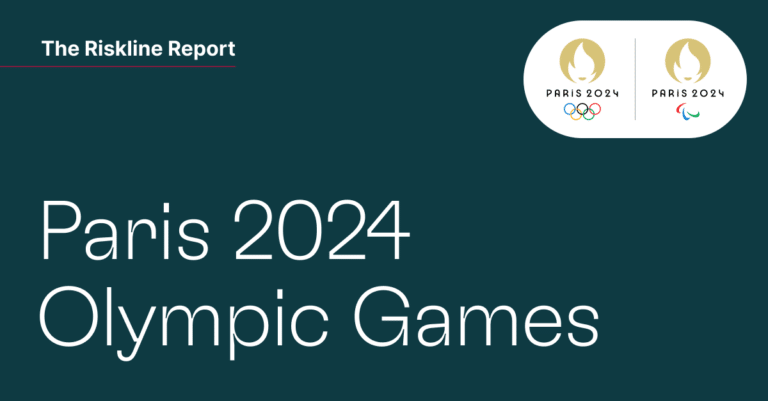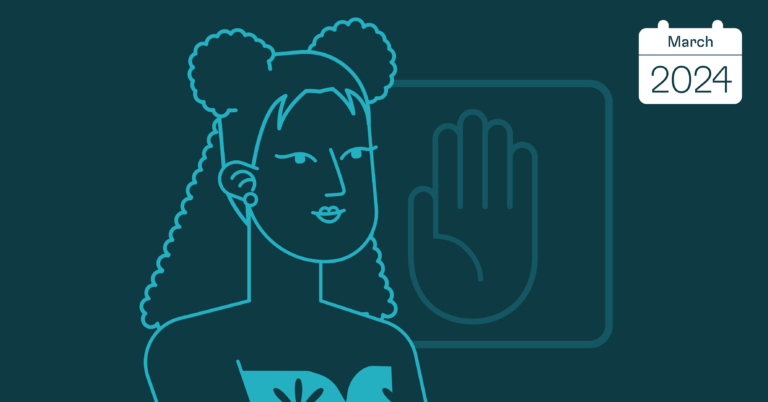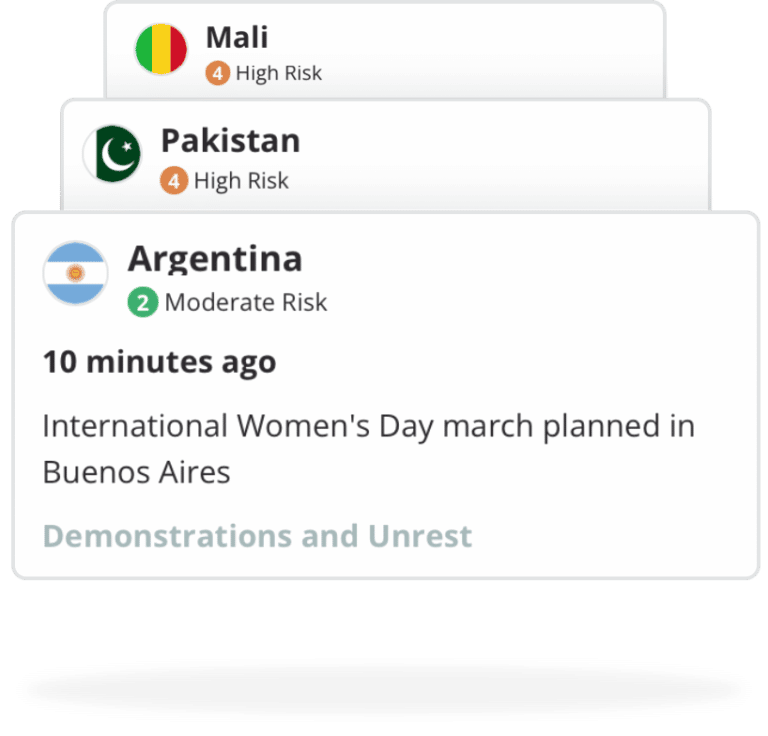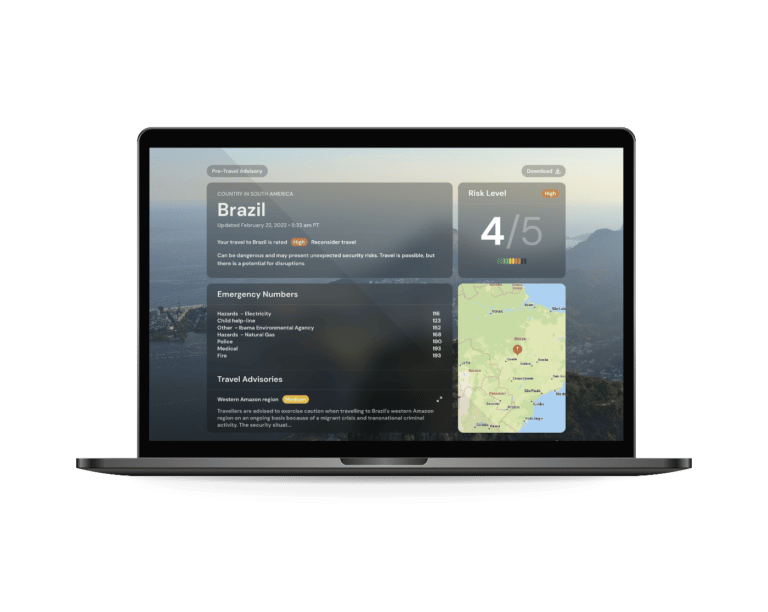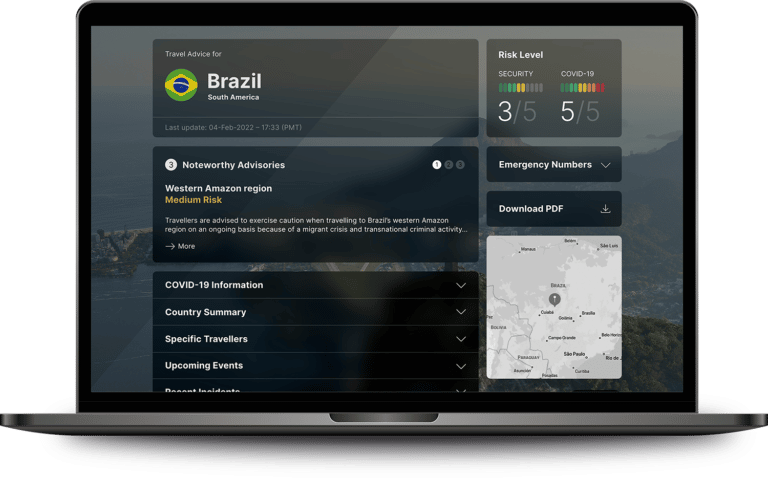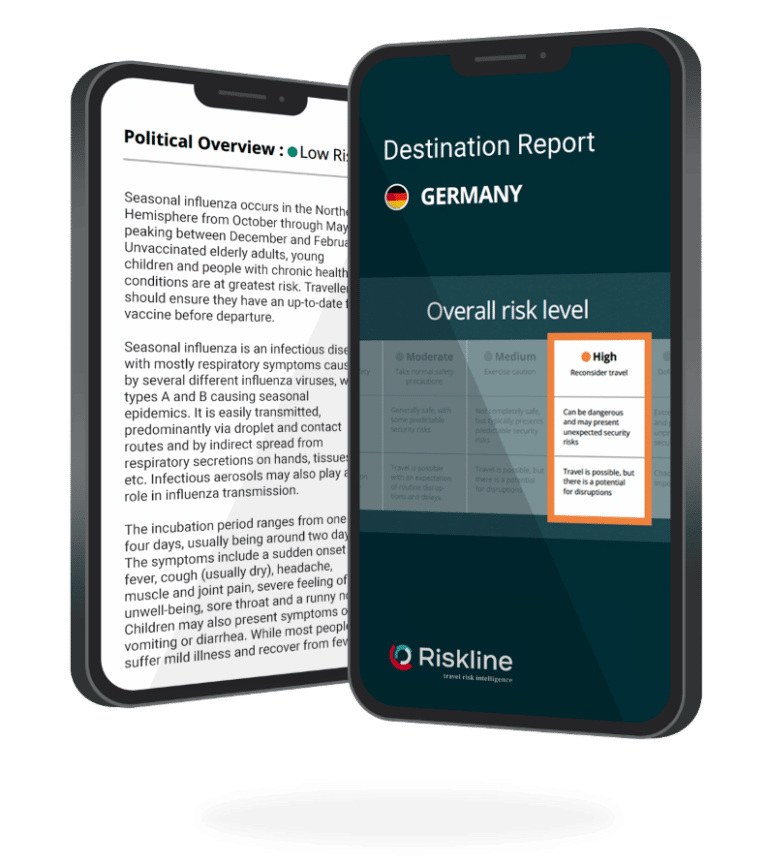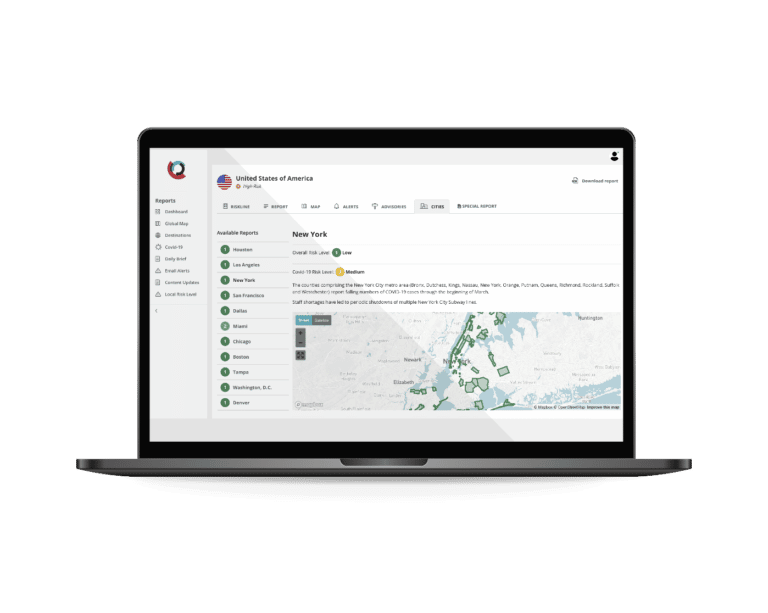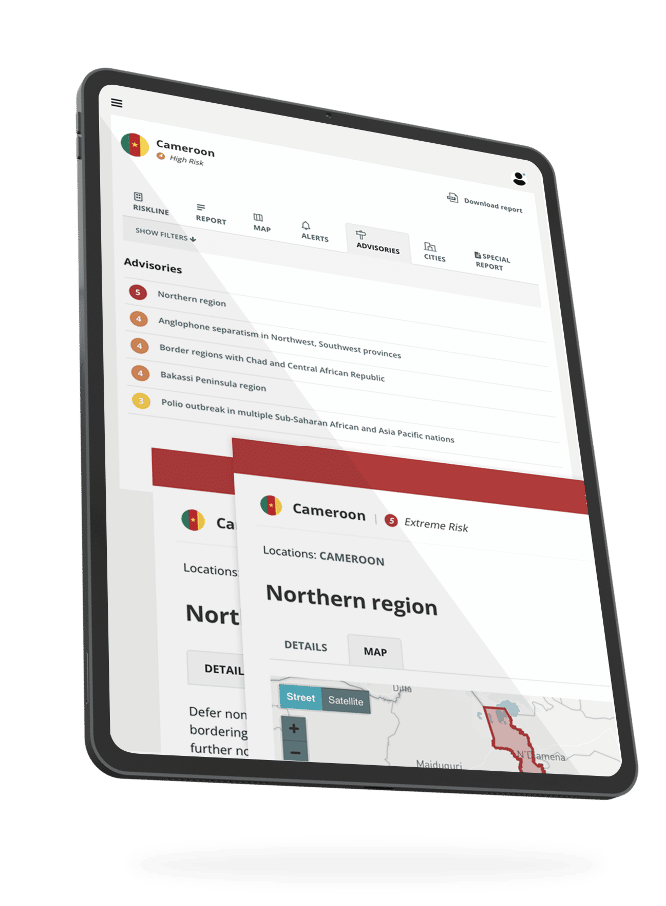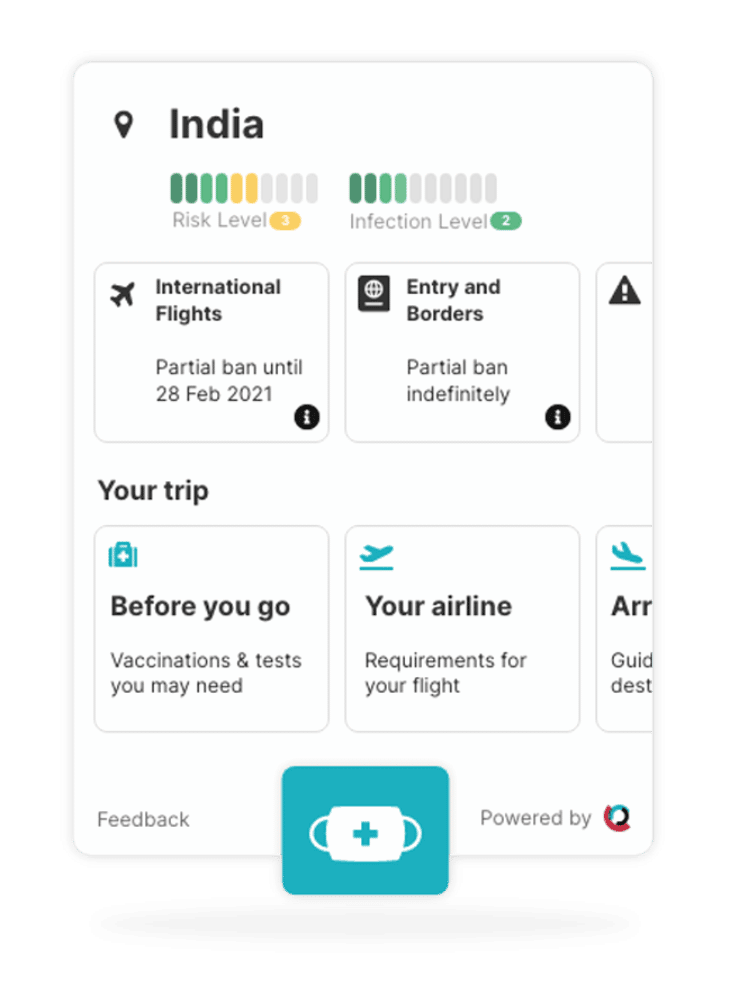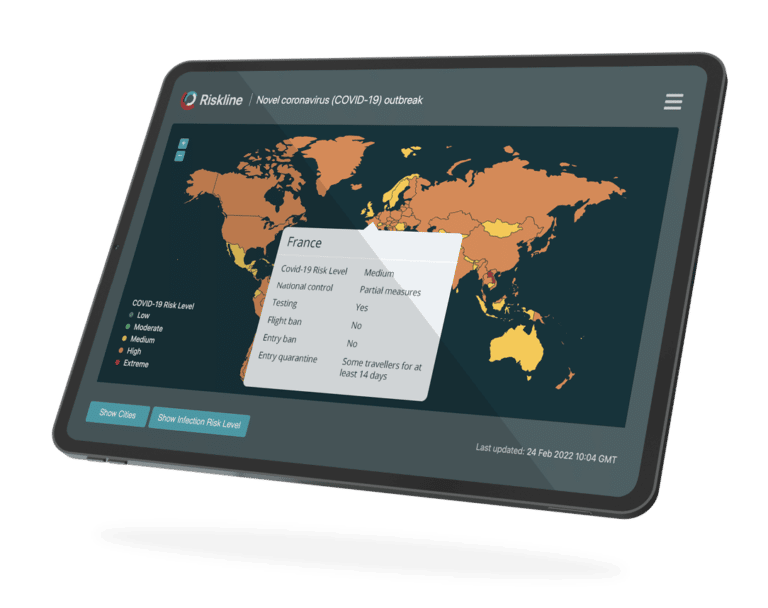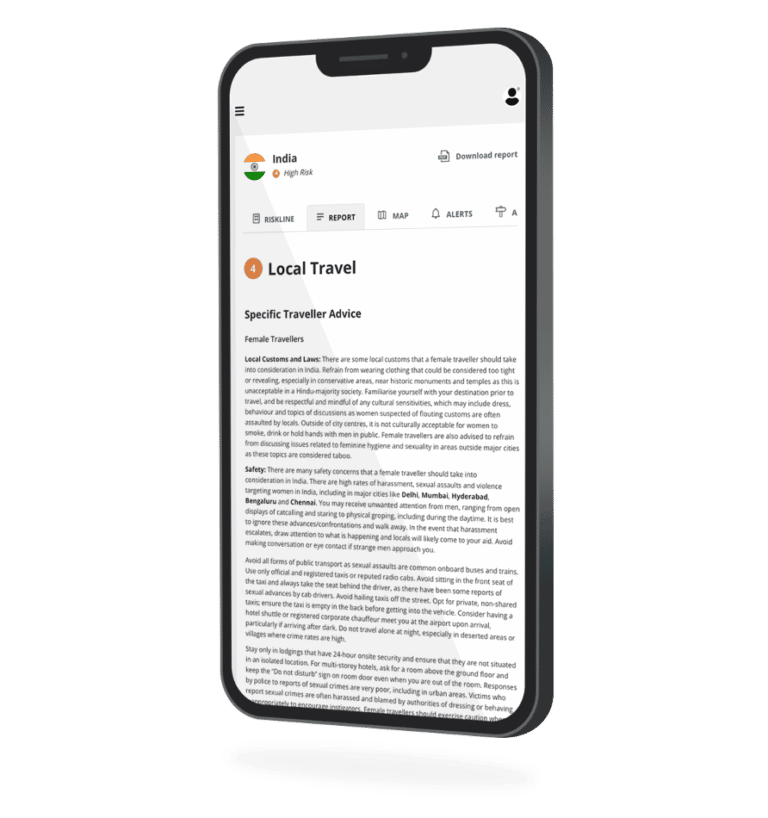What is an outbreak? The World health Organization (WHO) defines an outbreak as “the occurrence of disease cases in excess of normal expectancy”, while “the number of cases varies according to the disease-causing agent, and the size and type of previous and existing exposure to the agent”. A “pandemic” is when an outbreak acquires a regional or global scale due to the rapidly-spreading number of infections. As of 24 January 2020, the WHO maintained that the 2019-nCoV was not a pandemic, despite the increasing number of confirmed infections reported around the world.
What is the 2019-nCoV? Novel coronavirus (2019-nCoV) – also referred to as ‘Wuhan coronavirus’ – is a viral illness new to humans that affects the respiratory system, similar to Severe Acute Respiratory Syndrome (SARS) or the Middle East Respiratory Syndrome Coronavirus (MERS-CoV). The virus is believed to have originated from a yet-to-be identified animal source – possibly bats – as the market had hundreds of stalls selling staple as well as exotic meats such as cats, pheasants, bats, marmots, venomous snakes and spotted deer. In early January, human-to-human transmission of the disease was also confirmed.
What are the symptoms? Initial observations showed that infected patients developed severe acute respiratory illness with symptoms of fever, shortness of breath and cough. People infected by the virus may also have gastrointestinal symptoms including diarrhoea and nausea/vomiting, while more severe complications, including pneumonia and kidney failure, have also been reported. The incubation period is averaging five or six days, but can range from two to 14 days. Health workers, family members or others in close contact with infected people are at greatest risk of infection.
Origin of the 2019-nCoV outbreak On 31 December 2019, a cluster of 27 cases with “pneumonia of unknown cause” originating from the Huanan Wholesale Seafood Market in Wuhan, Hubei province, China, came to the attention of local health officials who alerted the WHO. Authorities confirmed in early January 2020 that a novel coronavirus (2019-nCoV) was the cause of the outbreak after tests ruled-out seasonal flu, SARS, avian flu or MERS-CoV. As of 24 January, at least 830 cases of 2019-nCoV, including 26 fatalities, were reported in China, with most fatalities recorded in Wuhan. Cases were also reported in Hong Kong, Macau, South Korea, Taiwan, Japan, Thailand and even the United States of America (US).
What was the response to the outbreak? The initial response of Chinese authorities to the outbreak was to keep infected patients under observation while tracing the infection line and eventually closing down Huanan Wholesale Seafood Market in Wuhan, where the outbreak started. Advanced screening and surveillance measures were then introduced at all major airports and train stations in the country while hundreds of health officers were deployed to manually screen travellers at transportation hubs. The chances of spreading the infection were greatly increased by the timing, as the outbreak developed in the run-up to the Lunar New Year festival, which is peak travel season in China. It is possible that the response was not as timely as it should have as it was eventually decided on 23 January to progressively place lockdowns on entire cities, including Wuhan, provincial capital of Hubei and a key domestic transportation hub. Large public events were also cancelled across the country.
How is travel/security impacted? In terms of transportation, the lockdowns introduced have had a huge impact on air, rail and road travel. Meanwhile, medical facilities have shown to be under an unbearable strain level, particularly in Hubei province, where long queues, overcrowding and tension were reported in public hospitals. The lockdown has also triggered the risk of possible shortages of food and profiteering from shop owners. The situation also increases the risk of protests from the population, although the fear of contagion may counterbalance and mitigate the risk.
What should you do if you need to travel to China? As the situation remains fluid and rapidly-changing, ensure that you follow directives from consular and health authorities. As a corporate traveller, you should request that your employer provides you with appropriate travel risk intelligence in real-time to keep you safe during your travel. Defer non-essential travel to areas under infection and be prepared to leave the place immediately if authorities introduce a partial lockdown or if they announce a total one.
What can travellers do to minimise risk of exposure? As no vaccine is currently available to prevent the infection, travellers to infected areas must practice careful hygiene measures including frequent hand-washing while closely monitoring health for relevant symptoms. Avoid all contact with infected persons and wear a face mask in public areas. If you have come into contact with infected people or have travelled to an infected area, seek immediate medical attention if you display any symptoms like fever, diarrhoea, shortness of breath and cough.

